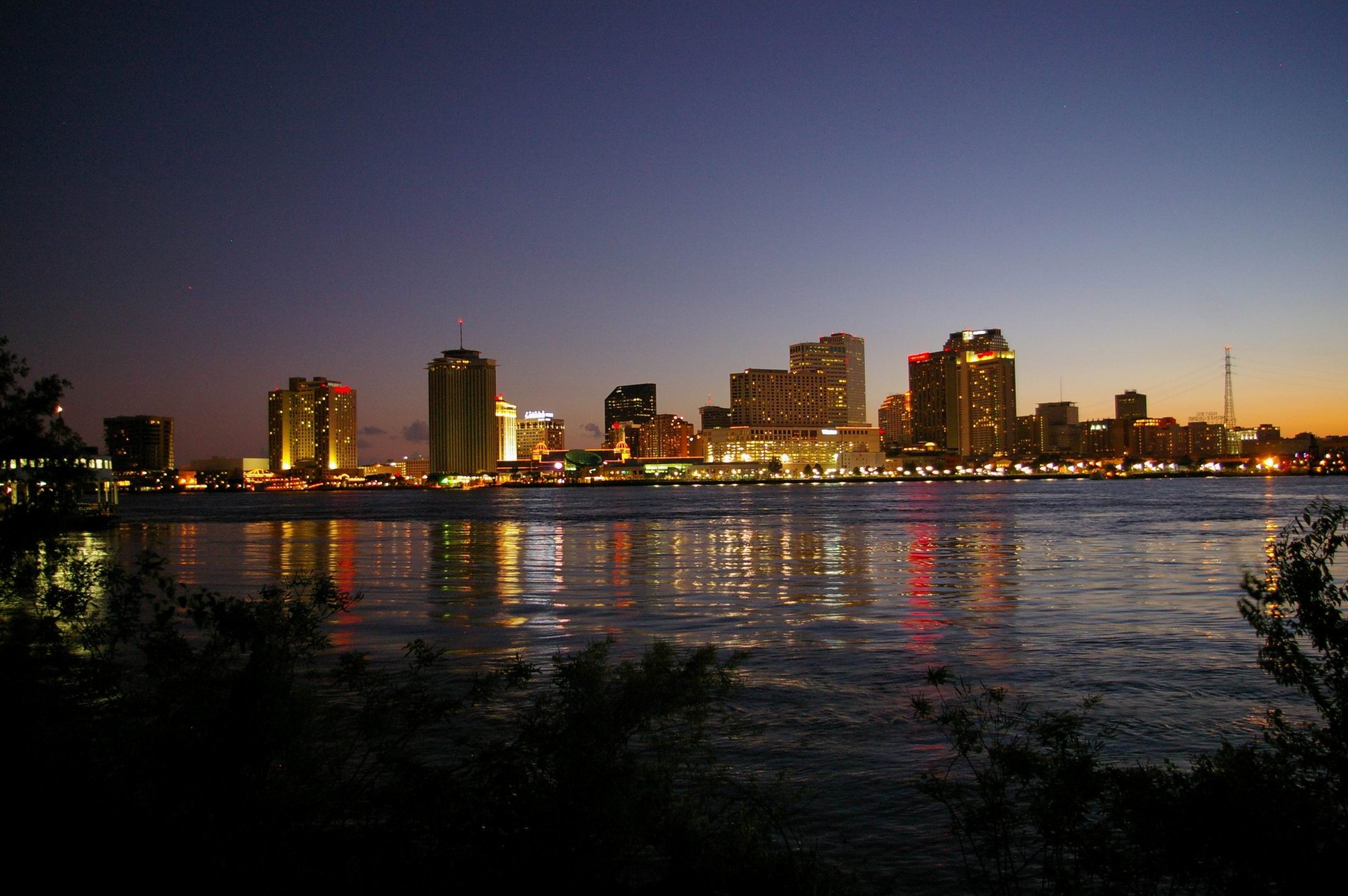
Mardi Gras in New Orleans isn’t just a party – it’s a vibrant cultural tradition deeply ingrained into the city’s soul. This spectacular celebration of life, excess, and revelry draws visitors from around the world. Join us as we explore the rich history, festive traditions, and insider tips for experiencing the magic of Mardi Gras in New Orleans.
What is Mardi Gras?
Mardi Gras, translated from French as “Fat Tuesday,” is the grand culmination of the Carnival season. It’s a day of joyous abandon before the solemn period of Lent begins on Ash Wednesday. While Mardi Gras celebrations occur worldwide, New Orleans has become synonymous with dazzling parades, elaborate costumes, and a whole lot of purple, green, and gold – the official colors of the celebration.
A Brief History of Mardi Gras in New Orleans
Mardi Gras roots stretch back to pagan spring and fertility rites. When French explorers arrived in Louisiana in the late 17th century, they brought their tradition of Fat Tuesday revelry. In 1699, explorer Pierre Le Moyne d’Iberville landed south of present-day New Orleans and named the site Point du Mardi Gras. By the 1730s, Mardi Gras was openly celebrated in New Orleans. In the 1830s, the first recorded street procession took place, and in 1857, the first “krewe” (the social clubs that organize parades) – the Mistick Krewe of Comus – held their inaugural parade.
How is Mardi Gras Celebrated in New Orleans?
- Parades: The beating heart of Mardi Gras in New Orleans is its famed parades. For weeks leading up to Mardi Gras Day, dazzling floats organized by krewes roll through the streets, showering crowds with coveted throws like beads, doubloons, and plush toys. Each parade follows established routes with some of the most famous rolling along St. Charles Avenue and Canal Street.
- Costumes and Masking: One of the most thrilling aspects of Mardi Gras is donning extravagant costumes and masks. Whether you go homemade or splurge on elaborate attire, Mardi Gras is the ultimate time to let your creativity shine.
- King Cake: This oval-shaped cinnamon pastry with a hidden plastic baby inside is a Mardi Gras staple. Tradition holds that whoever finds the baby must host the next King Cake party!
- Music Everywhere: Music in New Orleans is ingrained into the city’s DNA, and Mardi Gras is no exception. From boisterous brass bands to lively street performers, music fuels the party at every turn.
Tips for Visitors
- Plan Ahead: Book your accommodations well in advance, especially if you’re visiting during the peak season closer to Mardi Gras Day.
- Embrace the Crowds: New Orleans teems with people during Mardi Gras. If you prefer a quieter experience, visit in the weeks leading up to Fat Tuesday.
- Dress Up: Get into the spirit by wearing a costume or at least something in the Carnival colors!
- Learn the Lingo: Familiarize yourself with terms like “krewe,” “throws,” and “neutral ground” (the median on major streets).
- Be Safe & Aware Keep an eye on your belongings and practice standard safety tips in crowded areas.
The Mardi Gras Experience
Mardi Gras in New Orleans is a celebration to be experienced, not just watched. Come ready to party, immerse yourself in the vibrant atmosphere, and make unforgettable memories.
Article above assisted by Google Gemini, article below assisted by ChatGPT.
Celebrate Mardi Gras in New Orleans: A Vibrant History and Colorful Present
Mardi Gras in New Orleans is an explosion of color, music, and festivity, marking one of the most vibrant celebrations in the world. With a history that intertwines European traditions, African influences, and local customs, this festival is a unique blend of cultural heritage and contemporary revelry.
The Origins of Mardi Gras
The roots of Mardi Gras can be traced back to medieval Europe, weaving through Rome and Venice before making its way to the French House of the Bourbons. The tradition of “Boeuf Gras,” or the fatted calf, followed France to its colonies, with the first American Mardi Gras taking place in 1699 when French explorers landed near present-day New Orleans and celebrated the festive holiday.
The Evolution of Mardi Gras in New Orleans
By the 1730s, Mardi Gras was openly celebrated in New Orleans with elegant society balls, and by the late 1830s, the city saw its first street processions of maskers, carriages, and horseback riders. In 1856, the Mistick Krewe of Comus organized the first torch-lit Mardi Gras procession, setting the stage for future public celebrations.
Mardi Gras Today: A Kaleidoscope of Culture
Today, Mardi Gras in New Orleans is famous for its grand parades, opulent balls, and vibrant street parties. Krewes, or social clubs, organize parades with elaborate floats and costumed participants, while the tradition of throwing beads and trinkets adds to the excitement. The festival’s official colors are purple, green, and gold, symbolizing justice, faith, and power, respectively.
Experiencing Mardi Gras as a Visitor
For visitors, Mardi Gras offers a chance to immerse in a world of music, dance, and culinary delights. From indulging in the famous King Cake to witnessing the spectacle of parades like Endymion and Rex, there’s no shortage of memorable experiences. It’s a time when the city’s streets come alive with the rhythms of brass bands, the laughter of revelers, and the spirit of communal celebration.
Mardi Gras: More Than Just a Party
Beyond the festivities, Mardi Gras holds cultural significance, reflecting the diverse history and spirit of New Orleans. It’s a time when the community comes together to celebrate life, express creativity, and honor traditions that have been passed down through generations.
Join the Celebration
Whether you’re a first-time visitor or a seasoned Mardi Gras enthusiast, the festival offers a unique opportunity to experience the heart and soul of New Orleans. So, don your most colorful attire, grab a slice of King Cake, and join the revelry as the city transforms into a vibrant tapestry of music, color, and joy.
In conclusion, Mardi Gras in New Orleans is more than just a carnival; it’s a living, breathing celebration of culture, history, and community spirit. Whether you’re dancing in the streets or marveling at the parades, you’re part of a tradition that continues to captivate and enchant people from all around the world.








